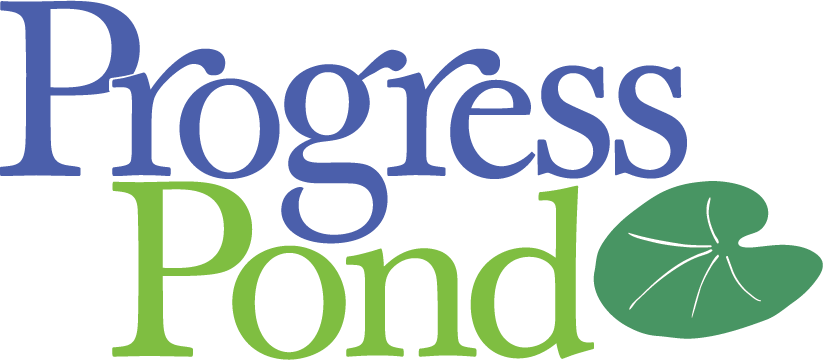In the January/February issue of the Washington Monthly, former national intelligence officer for the Near East and South Asia, Paul Pillar, reviews Dirty Entanglements: Corruption, Crime, and Terrorism, by Louise I. Shelley. The book is a serious effort to look at “the nexus between terrorism and other forms of criminal behavior,” and Ms. Shelley has compiled an encyclopedic set of examples.
Where Shelley goes beyond most earlier work on the topic is not only in the sheer volume of the evidence she has amassed but also in adding corruption to terrorism and crime to produce a trifecta of interrelated bad behavior. The malevolent cycle on which she focuses involves corrupt government officials facilitating organized criminal activity which it turn aids terrorist operations. Her principal argument is that such connections are a major part of understanding why terrorists are able to do what they do, but that such understanding has too often been lacking and government enforcement efforts have too often been siloed approaches toward each of the three problems of terrorism, crime, and corruption, with insufficient attention to connections among the three and in particular to the corruption angle. The patterns she describes prevail especially in less-developed countries, but part of her message is that the problem is global and infects developed countries as well.
Taking advantage of criminal behavior, including official corruption, is the primary way that terrorist organizations sustain themselves and pay for their violent activities. These behaviors can take many forms, from drug trafficking to dealing in stolen goods, identity theft and smuggling cigarettes, to providing false identification papers and trafficking in humans.
As Pillar explains, Ms. Shelley wants a more comprehensive approach to counterterrorism that takes fuller account of how terrorism is financed. Yet, while impressed with the research in the book, Pillar remains skeptical about its recommendations:
Shelley wants governmental authorities to develop comprehensive strategies that treat terrorism, crime, and corruption together rather than through what she sees as current stovepiped approaches. We can applaud any increase in understanding of the connections she describes but still wonder what practical difference a consciously comprehensive strategy would make. Fighting crime and corruption are, after all, worthy and important objectives even if there were no connection with terrorism. As with so much else in public policy, this is in large part a matter of competing priorities amid limited resources. A strategy that covers everything risks being a strategy that prioritizes nothing, especially when “everything” runs the gamut from graft in a state agency in the United States to trade in counterfeit DVDs in Russia.
To know whether you agree with more with Shelley or Pillar, you’ll want to read the whole review. And if you want “a primer on the whole world of transnational, profit-making crime,” you’ll want to read the whole book.



Col Patrick Laing was publishing the field data for this point of view in Patrick Bahzad, Sic Semper Tyrannis: The hybrid terror cell behind the Paris attacks – Part 1: How it all began
There needs to be a thorough audit by those folks charged with oversight (inspectors general, legislative committees, etc.) into the extent to which the operations of Western intelligence operations (and their contractors) amp up the ability of these groups to become significant. Who exactly are Blackwater/Xe/Academi, DynCorp, CACI, Titan, and the like employing? Not to mention the ultimate destination of foreign military aid (including that to Israel).
The interlinking of US CIA and the international drug trade is well-known to be longstanding and provides budgetary supplements just like it does for police departments. That sort of fundamental corruption (and most histories of J. Edgar Hoover’s FBI show similar corruption in Hoover’s relation to “organized crime”) creates several varieties of terrorism to consider, including that of the agencies funded to “fight terrorism”.
It occurs to me that siloed agencies intend to be one form of that auditability in that one agency watches for corruption in another, but that approach seldom works out in practice. And the integration of functions makes corruption just that much easier; look at the effectiveness of TSA in stopping terrorism as compared to facilitating a regime of larceny at airports that used to not exist at all.
The key logical connection, according to Pillar:
Which is why having a powerful agency at the heart of government whose authority is to break the law is so corrosive of democratic governance despite their “we keep the monsters out” rhetoric.
Observations on this:
3, Traditional views of corruption and crime have their own terror — the first applied through use of law enforcement acting under the color of law; the second much mythologized in novels and motion pictures.
Here is where the experts run off the rails because they are thinking in terms of existing agencies and budgets and breaking apart or combining building blocks like they did in creating the Department of Homeland Security.
The “broken windows” approach is great for (1) boosting budgets, (2) amping up IT, (3) sweeping up innocent people, (3) trivializing the significant and overhyping the trivial.
What would it look like to start with a “less is more” approach to corruption, crime, and terrorism? And a systemic approach that treats them as specific dysfunctions from more systemic issues like irrational drug laws, self-contradictory foreign policy, and runaway corporate laissez-faire. Ironically, the less is more approach focuses on reducing the budgets that are causing the larger systemic disruption. And increasing the ones that empower local neighborhoods and communities. It focuses on a myriad of indirect solutions and avoids fixation on one big huge historical event.
But in awareness of Shelley’s observation the understanding if not the organization of the effort reasserts a comprehensive view and holds accountability from the perspective of that comprehensive view.
Where there needs to be a sustained political conversation is about three or four levels of concreteness down from the level at which Shelley, Pillar, and I have discussed this general issue. The US government has the resources to deal with this but has grossly misapplied them to chasing historical phantoms.
Apropos the same topic:
Patrick Radden Keefe, The New Yorker: Corruption and Revolt: Does tolerating graft undermine national security?